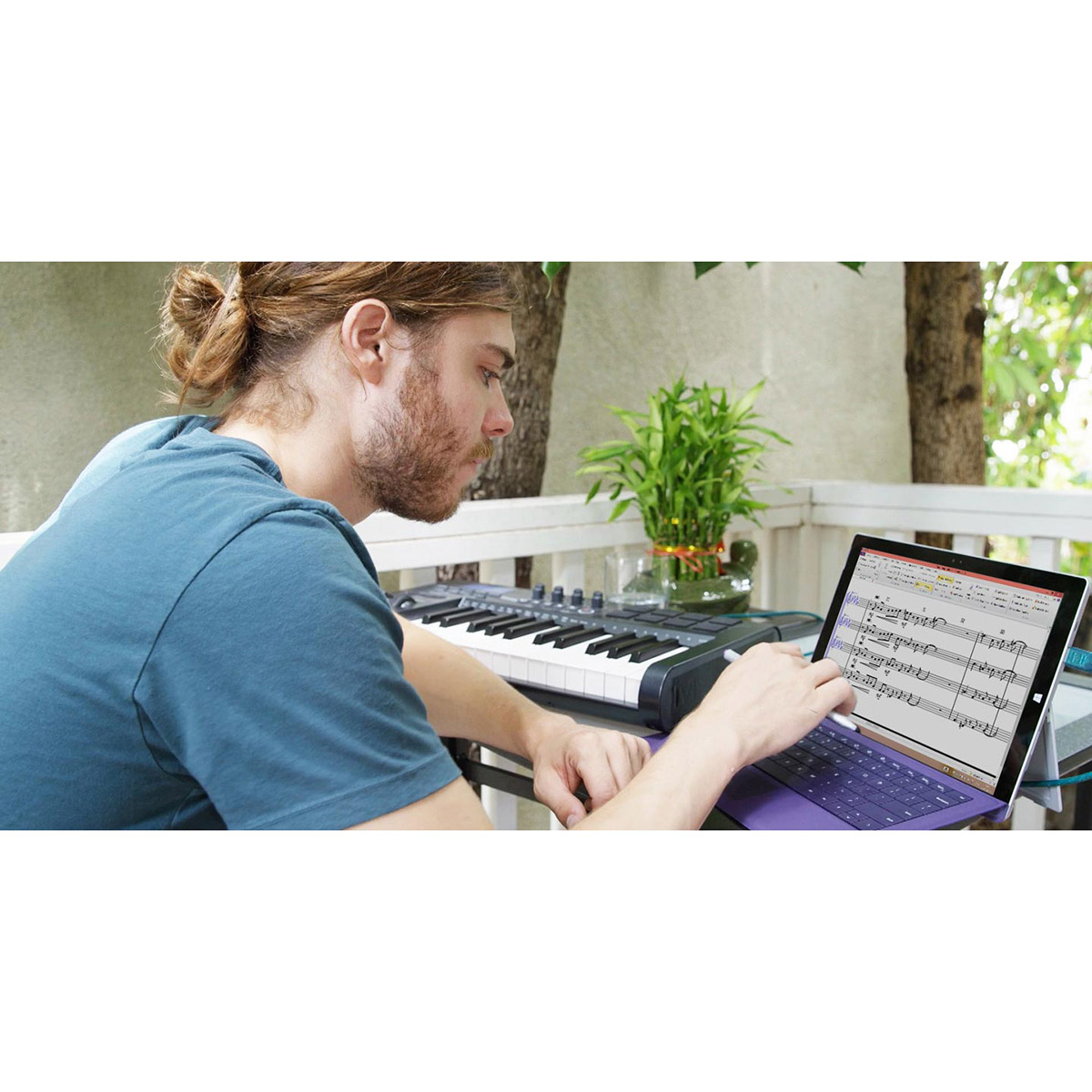

However, rather than releasing for Windows, the first commercial apps were made available for iOS and Android in Summer 2013. The first NotateMe prototypes were tested using a Samsung touchscreen device running Windows 8. Then, in Summer 2012, Microsoft announced the Surface tablet, and we realized straight away that this was all about to change. The problem back then was that the processing power of phones and tablets had not advanced sufficiently for our recognition technologies and furthermore, touchscreens were not sensitive enough to pick up small drawings such as half-noteheads. However it was fairly obvious that the ideal solution is to write notation directly onto a computer screen using a stylus and have software convert it immediately to printed notation. We’ve actually been making it possible to write digital scores on the go since we released PhotoScore Ultimate 5 in 2007, with recognition of music handwritten on special PhotoScore Paper.
#USING PHOTOSCORE LITE WITH SIBELIUS 8 FOR ANDROID#
Going are the days of clunky desktop machines controlled by mouse and keyboard replacing them are highly mobile devices connected wirelessly to the web, controlled by touch and voice.Īt Neuratron, we’ve been aware of these changes for a number of years and our highly acclaimed NotateMe music handwriting app for Android and iOS shows how we have strived to adapt. The way we use computers has been changing rapidly the past few years. As the founder of Neuratron I thought it would be interesting to give you some background about these apps, how you can include them in your compositional workflow and how they integrate with Sibelius.

#USING PHOTOSCORE LITE WITH SIBELIUS 8 FULL#
Sibelius can also be purchased as a bundle with the full versions of PhotoScore & NotateMe Ultimate 8. The new Sibelius is no different and includes PhotoScore Lite 8, which now features the reduced functionality version of our music handwriting app, NotateMe Now. Sibelius has shipped with free Lite versions of Neuratron’s music scanning and recognition technology since before even the first Windows version ( Optical Manuscript shipped with Sibelius for Acorn computers in 1997).


 0 kommentar(er)
0 kommentar(er)
